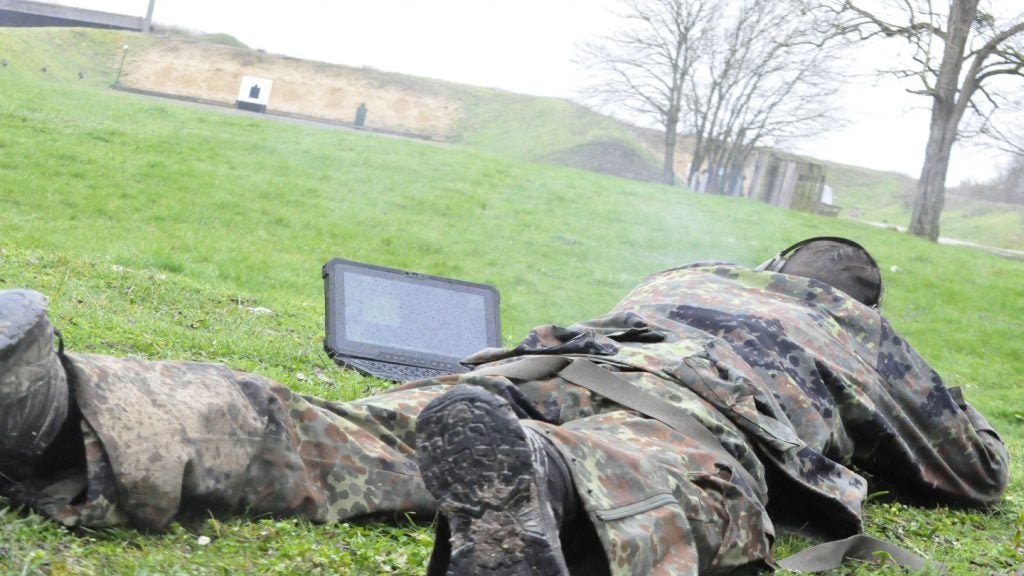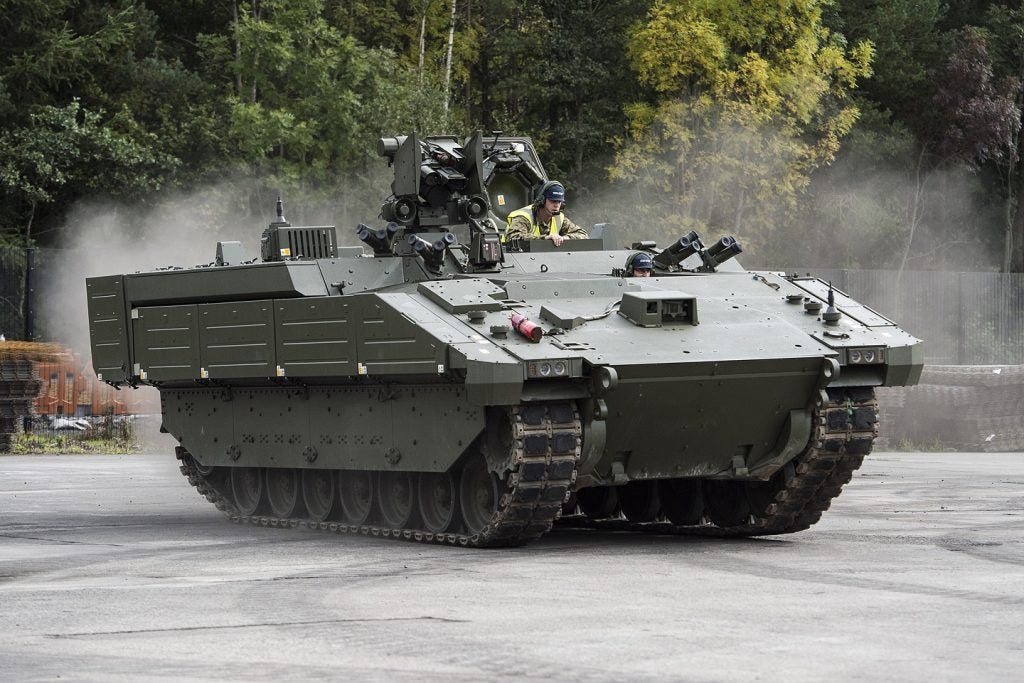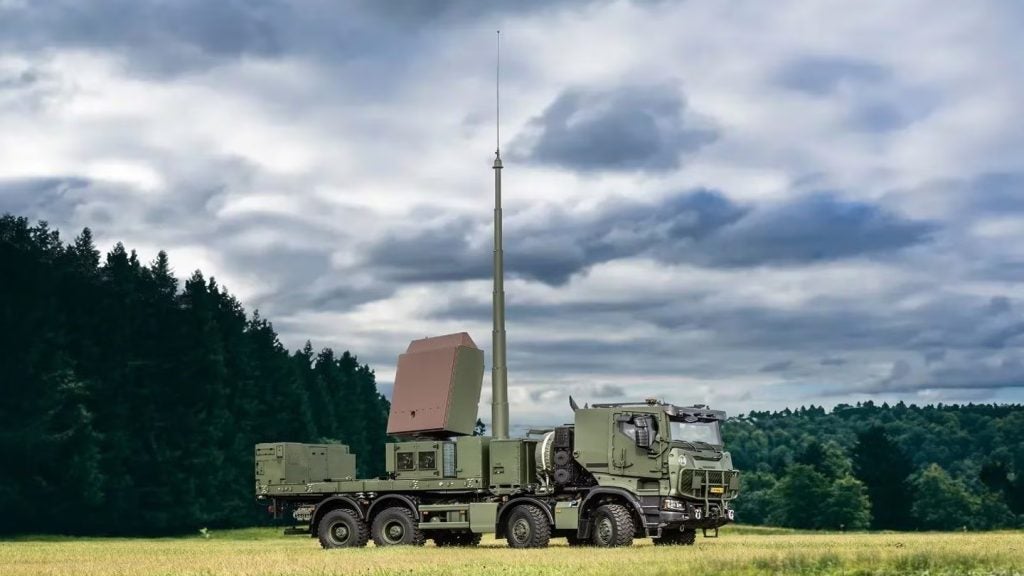
The US Army has conducted a brigade-level field training exercise (FTX) involving training drills across the country.
The FTX was hosted by the 209th Regional Support Group (RSG), 76th Operational Response Command (ORC).
As part of the exercise, more than 2,000 US Army Reserve Soldiers participated in training over four days.
Four battalions and 15 companies from the unit conducted field training simultaneously in different locations.
209th RSG, 76th ORC commander colonel Paul Miller said: “The idea behind this FTX is that the army and the army reserve are really trying to get back to fieldcraft as part of the changing world we live in.
“For the past 18 years we have been deploying to Afghanistan and Iraq living off of forward operating bases and combat outposts and we’ve gotten away from going to the field.
How well do you really know your competitors?
Access the most comprehensive Company Profiles on the market, powered by GlobalData. Save hours of research. Gain competitive edge.

Thank you!
Your download email will arrive shortly
Not ready to buy yet? Download a free sample
We are confident about the unique quality of our Company Profiles. However, we want you to make the most beneficial decision for your business, so we offer a free sample that you can download by submitting the below form
By GlobalData“So, the idea was to get my soldiers back to the field, the real field, which meant putting up tents, putting up camouflage nets and practising their fieldcraft. I wanted everyone to get back to practising fieldcraft and do it at the same time.”
The exercise also allowed the units to train on their specific needs.
Miller added: “The way the exercise was designed was we let the companies decide their own training in conjunction with their battalions.”
The training drills included setting up defensive perimeters, conducting weapons qualifications, and evaluating casualties.
Other activities included performing chemical, biological, radiological and nuclear operations, as well as conducting convoys.
The exercise mainly focused on fieldcraft and basic soldiering skills.







